Aremarkable discovery emerged as archaeologists unearthed a collection of 10 coins believed to date back nearly 1,400 years, retrieved from what appears to be a piggy bank in the ongoing excavations at the ancient city of Hadrianopolis in Karabük's Eskipazar district
Led by associate professor Ersin Çelikbaş, a lecturer in the Archaeology Department at Karabük University's Faculty of Letters, the excavations shed light on the historical layers of the ancient city, a settlement spanning the Late Chalcolithic, Roman and Early Byzantine periods.
Renowned for its mosaic-adorned churches, often referred to as the "Zeugma of the Black Sea," Hadrianopolis has revealed significant structures, including baths, churches, defensive fortifications, rock tombs, a theater, an arched and domed structure, a monumental cultic niche, as well as walls, villas and other monumental edifices.
Discussing the recent findings with Anadolu Agency (AA), Çelikbaş expressed satisfaction with the progress of the excavations in 2023, highlighting their efforts to uncover new structures across extensive areas with a dedicated team of approximately 60 individuals.
Explaining the discoveries within a particular building whose exact function remains partially ambiguous, Çelikbaş suggested: "We presume it might have served as a kitchen based on the artifacts found within. Various vessels and kitchen utensils were among the unearthed items. Stratigraphy indicates the building's prolonged use, though specifics about its final phase remain elusive."
Remarkably, a significant archaeological finding emerged from this area in the form of a money box containing 10 coins dating back to the era of Constans II, believed to span from A.D. 641 to 666, marking the apparent culmination of the building's usage during the seventh century.
"Our estimation suggests this building might have served for approximately 300-400 years, undergoing several expansions and extensive renovations," Çelikbaş highlighted, noting visible alterations within the structure, including added sections, reconstructed walls, and signs of maintenance.
While defining these coins as a treasure in archaeological terms, Çelikbaş suggested an alternative use, saying: "We suspect it was employed as a primitive form of a piggy bank, possibly by a female member of the household during that era, rather than for hiding or burying money."
The unearthing of these coins provides a glimpse into the final phase of the building's utilization. It offers valuable insights into ancient domestic practices, highlighting the intersection of archaeology and everyday life in antiquity.

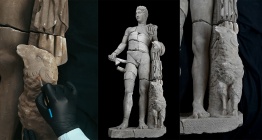


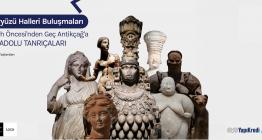

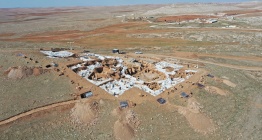
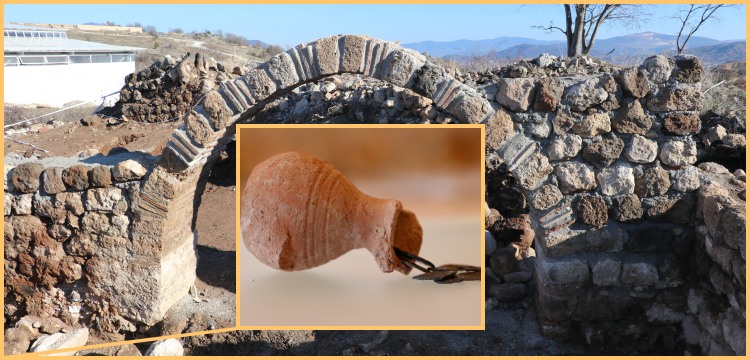
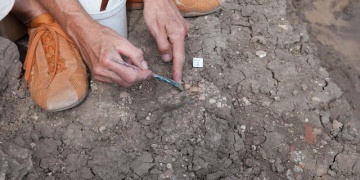 Yüzey Araştırması ve Türk-İslam Dönemi Arkeoloji Kazılarına TTK Desteği Başvuruları başladı
Yüzey Araştırması ve Türk-İslam Dönemi Arkeoloji Kazılarına TTK Desteği Başvuruları başladı  Bulgaristan geleneksel festivalleriyle ve bayramlarıyla dikkati çekiyor
Bulgaristan geleneksel festivalleriyle ve bayramlarıyla dikkati çekiyor 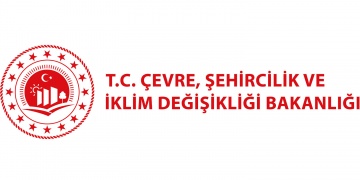 Türkiye'deki tescilli mağaralarda 30 memeli türü ve endemik canlılar keşfedildi
Türkiye'deki tescilli mağaralarda 30 memeli türü ve endemik canlılar keşfedildi  Teos Antik Kenti'ndeki Dionysos Tapınağı'nda kazı ve restorasyon çalışmaları devam ediyor
Teos Antik Kenti'ndeki Dionysos Tapınağı'nda kazı ve restorasyon çalışmaları devam ediyor 




